Like most people, you probably think of amateur radio as a hobby. While that’s undoubtedly true, there’s much more to it than that. In the US alone, there are over 700,000 licensed amateur radio operators, and many of them use their skills and knowledge to help out in times of need.
Amateur radio is a vital communications tool, and with the right knowledge and equipment, you can use it to enhance your safety and security in a disaster situation.
In this blog post, we’ll discuss the benefits of having an amateur radio license and how to get started on the path to becoming a licensed operator.
Keep reading to discover more about the radio license test, the caveats of two-way radios, and much more.
What Is An Amateur Radio License?
An amateur radio license is an official permission to operate a radio communications system.
In order to get a license, you’ll need to pass an exam administered by the Federal Communications Commission (FCC).
The exam will test your knowledge of radio theory and regulations. Once you’ve passed the exam, you’ll be issued a license that is valid for 10 years.
There are three different classes of amateur radio licenses: Technician, General, and Amateur Extra.
The class of license determines what frequencies you’re allowed to operate on and what privileges you have.
For example, Technician-class operators are only allowed to use voice on certain frequencies, while General- and Amateur Extra-class operators can use voice, digital data, and image transmission on a wider range of frequencies.
Why Get An Amateur Radio License?
There are several reasons to get an amateur radio license. First, it will give you a better understanding of how radio works.
This knowledge can be useful in a number of different situations, including troubleshooting problems with your two-way radio or using a portable radio to communicate in an emergency situation.
Second, having an amateur radio license will give you access to a larger range of frequencies than you would have without one.
This is important because in many situations, the most effective way to communicate is by using frequencies that are not congested with other traffic. For example, during a disaster, cell phone networks often become overloaded and unusable.
But if you have a portable radio and know how to use the amateur radio frequencies, you’ll be able to communicate with other people who are also using radios.
Finally, having an amateur radio license is a good way to meet new people and make friends.
There’s a strong sense of community among amateur radio operators, and you’ll often find yourself helping others or working together on projects.
How To Get An Amateur Radio License
The best way to prepare for the amateur radio license exam is to take a class offered by your local amateur radio club.
These classes will provide you with the knowledge you need to pass the exam, and they’re usually very reasonably priced. You can also find study materials online or in books from your local library.
Once you’re ready to take the exam, you can contact your local amateur radio club or the ARRL (the national association for amateur radio) to find out where and when the next exam will be offered in your area.
The exam fee is currently $15, and you’ll need to bring two forms of identification with you on the day of the exam.
After you’ve passed the exam, you’ll need to submit an application to the FCC along with your license fee. Once your application has been processed, you’ll receive your license in the mail.
Common Mistakes Made By New Amateur Radio Operators
One of the most common mistakes made by new amateur radio operators is failing to properly identify themselves when making a transmission.
Every time you transmit, you must give your call sign. Your call sign is your unique identifier, and it tells other radio operators who they’re talking to.
If you don’t identify yourself, you could be violating FCC regulations. Worse, you could be causing interference for other radio operators or preventing them from communicating in an emergency situation. So make sure you always give your call sign when you transmit!
Another common mistake is failing to listen before transmitting. When you’re first getting started with amateur radio, it can be tempting to jump on the air and start talking. But it’s important to remember that radio is a two-way medium. Before you transmit, you should always listen first to see if anyone else is using the frequency.
If someone else is transmitting, wait until they’re done before you start talking. Otherwise, you could end up interrupting them or causing interference.
Finally, new amateur radio operators sometimes make the mistake of assuming that everyone knows as much about radio as they do. Remember that not everyone who uses a radio is an expert.
So take the time to explain things clearly and slowly. If you’re ever unsure about something, ask another radio operator for help.
Getting started in amateur radio can be a fun and rewarding experience. But it’s important to remember that there’s a lot to learn.
By following the tips above, you can avoid some of the most common mistakes made by new amateur radio operators.
Radio Awaits You
An amateur radio license is a great way to improve your communication skills, meet new people, and be prepared for emergencies. If you’re thinking about getting started, be sure to take a class and study for the exam.
And once you’re on the air, remember to listen first and always identify yourself. With a little practice, you’ll be enjoying the world of amateur radio in no time!
If you’re looking to purchase your first radio, get in touch with us, and we will help you out.
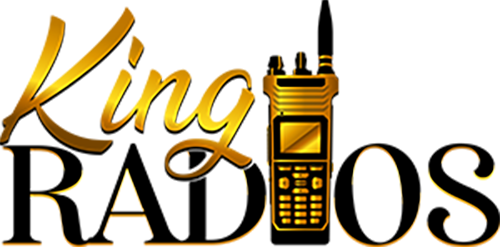
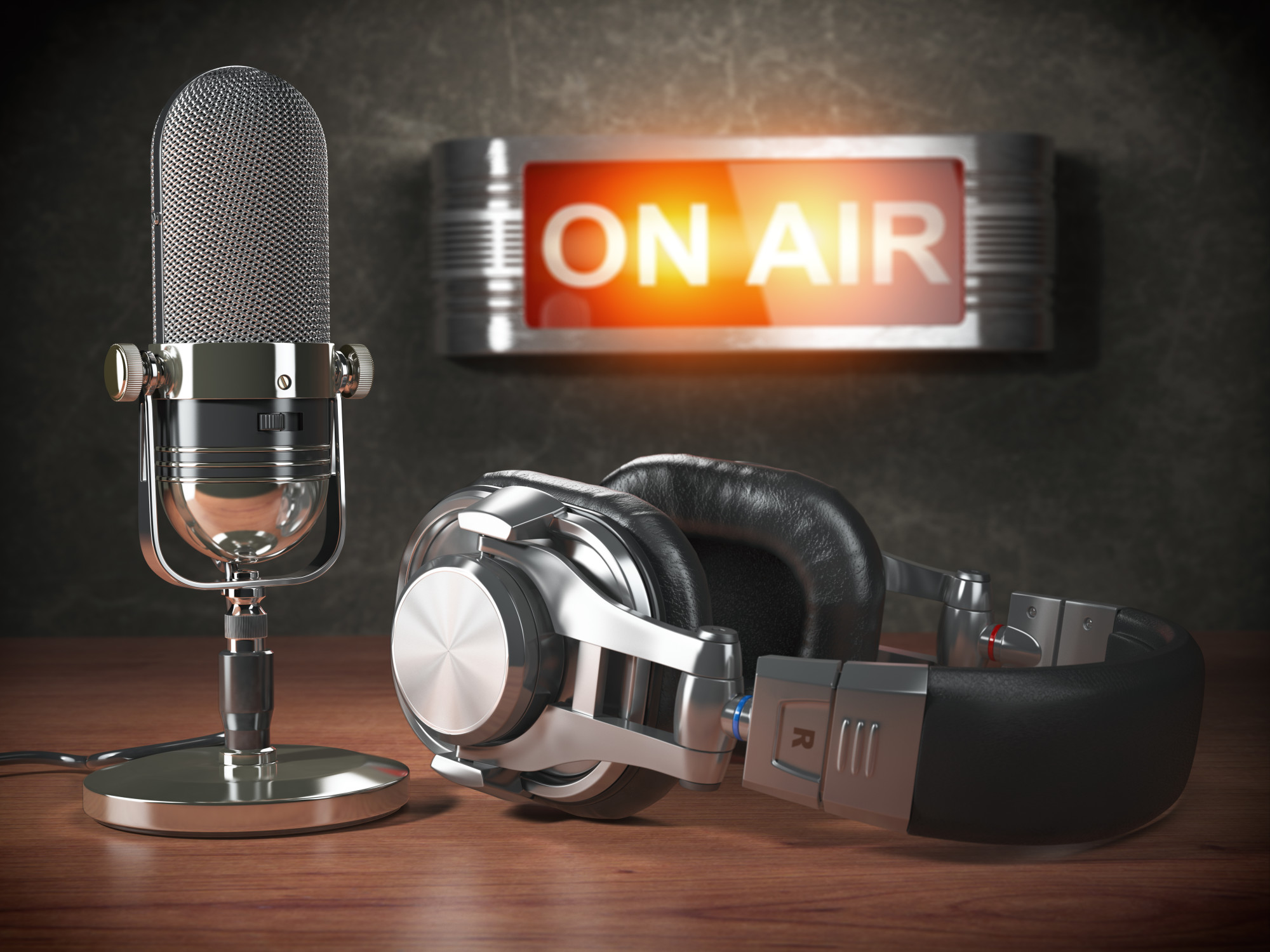
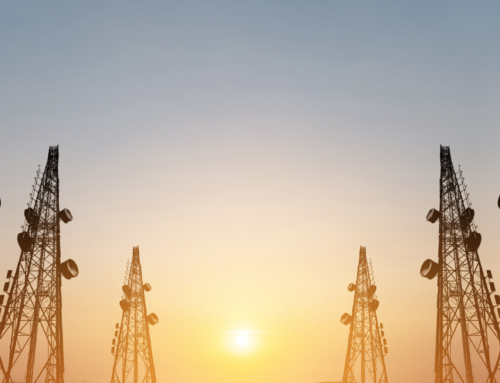
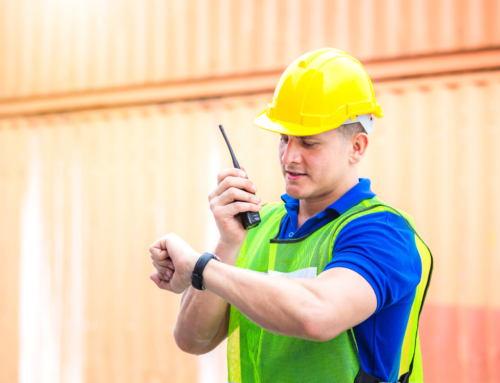
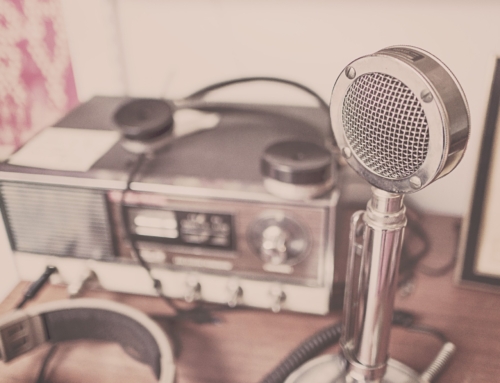
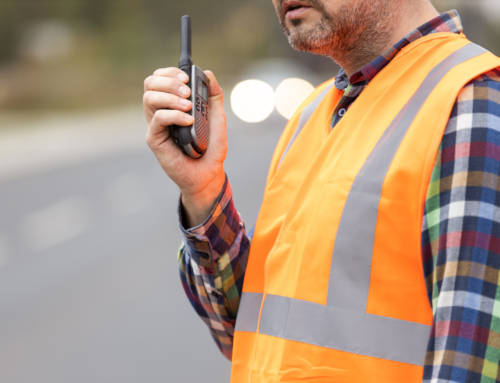
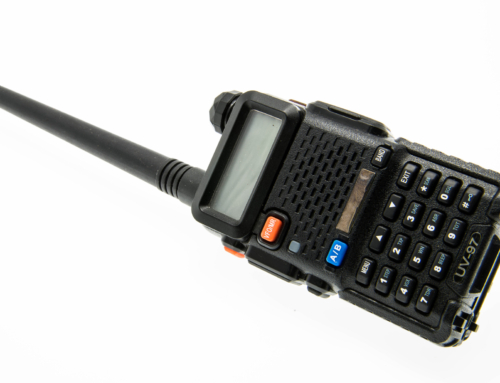
Leave A Comment
You must be logged in to post a comment.